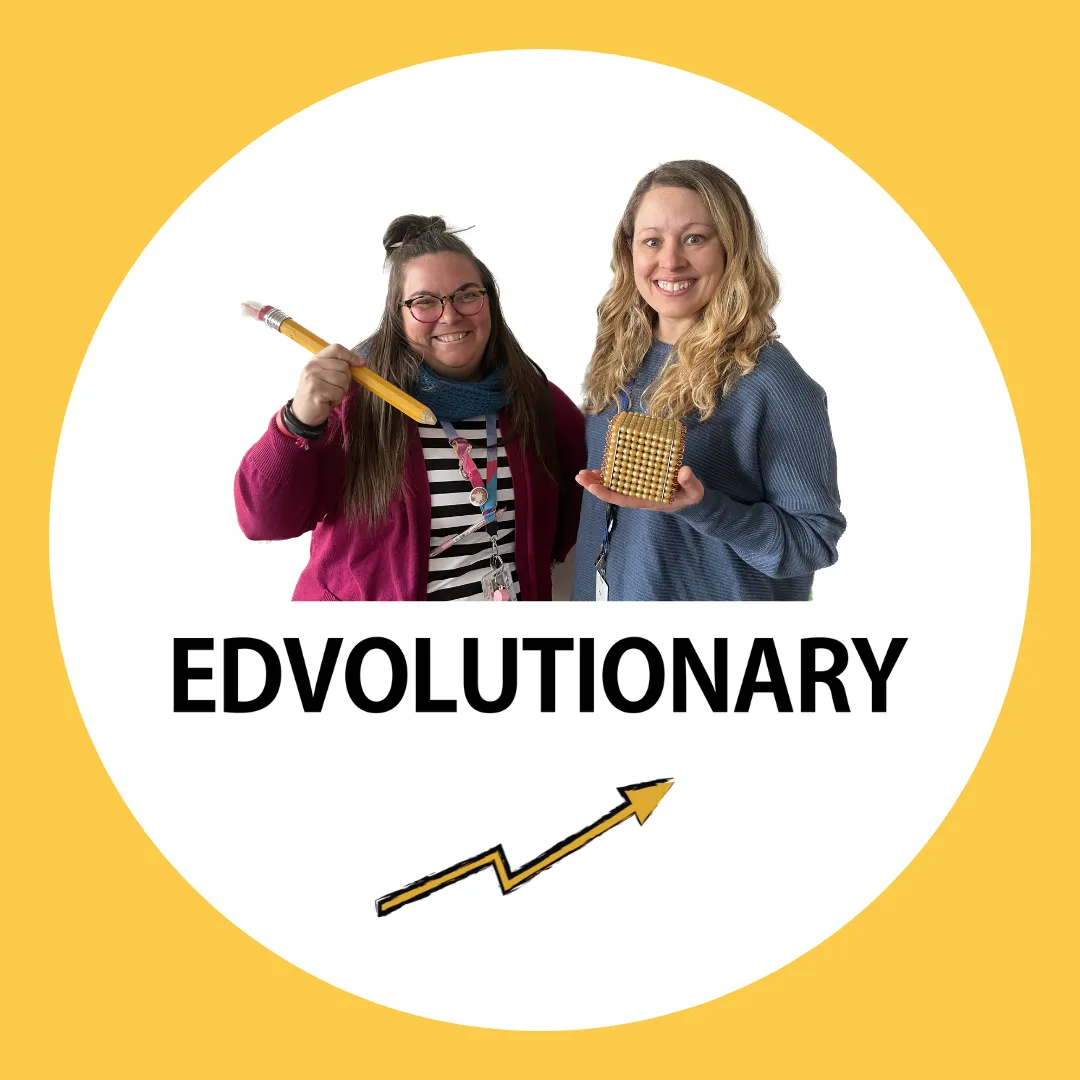That's SO EDVOLUTIONARY

Two elementary teachers break down science and theory from education practitioners, researchers and thought leaders and translate it into classroom practices that evolve the learning environment for the 21st century.
We're currently on hiatus-- the perfect time to catch up on Season 4!
*we recommend starting with Episode 1 or 2!
Season 4: The Roadmap
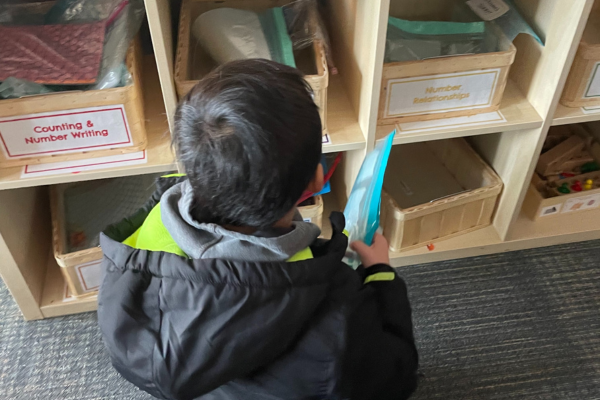
S4.E12: 5 Steps to creating a classroom where students thrive and behavior challenges diminish
SUMMARY:
This week on Season 4, Episode 12 of That's SO EDVOLUTIONARY, share our first piece of the roadmap!
Last week, we unveiled our T.E.A.C.H. Framework-- a handy acronym to remember the pillars that make up our EDVOLUTIONARY roadmap.
Today we dive into an element of the H-- human-centered environmental design. We look at 5 steps you can implement to fundamentally transform your classroom so relationships and student autonomy can thrive and many typical behavior challenges won't have a reason to exist.
LISTEN:


READ:
READ: 5 steps to creating a classroom where students thrive and behavior challenges diminish
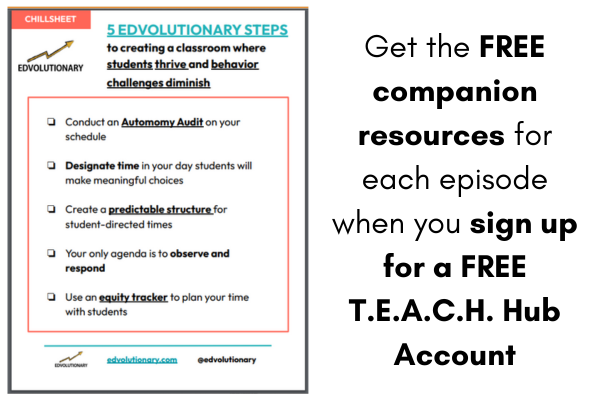
Step 1: Conduct an Automomy Audit on your schedule
When we talk about autonomy, we mean a student’s ability to make meaningful decisions about what happens to them.
There are a whole host of reasons why this is important.
The biggest is that it is a key ingredient in mental health…and student wellbeing is key to a thriving classroom (Listen to our podcast Season 4 Episode 8 to learn all about it).
The second reason autonomy is so important is that students will never learn how to manage themselves if they don’t have opportunities to make decisions.
In your audit you want to examine each part of your day and see where students have a chance to make meaningful choices.
Here's a snapshot of a sample autonomy audit-- if you've signed up for our FREE T.E.A.C.H. Hub your editable copy is waiting for you there (and in this week's email).
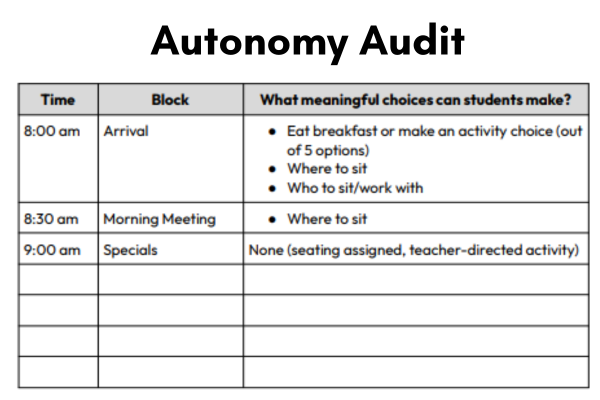
Step 2: Designate time in your day students will make meaningful choices
Go back to the same schedule you just audited and see where you can add meaningful choice and student-directed time.
Here are some student-directed structures you can think about to get started!

Step 3: Create a predictable structure for student-directed times
In the end, it breaks down to 3 clear steps you want to model for students and practice until it is second nature. Then they take over. We call these steps “The Work Cycle” (a term borrowed from Montessori). Students repeat the cycle until the time is over.
Make a work choice
Get in the Zone
Put it away when you’re all done
Step 4: Your only agenda is to observe and respond
It takes 3-4 weeks of practicing the Work Cycle Routine to get the class to a level of independence needed for them to self-manage.
DO NOT-
I REPEAT-
DO NOT-
have any agenda other than getting to know your students through doing activities with them one on one/ impromptu small groups, remodeling how to do an expectation or use a material, or modeling how to work through challenges (like not having a material they want, etc).
If you jump too soon to pull small groups before students are largely self-managing, you’ll just have created another time you need to manage all year long. EW, no thanks. Stick with the plan.
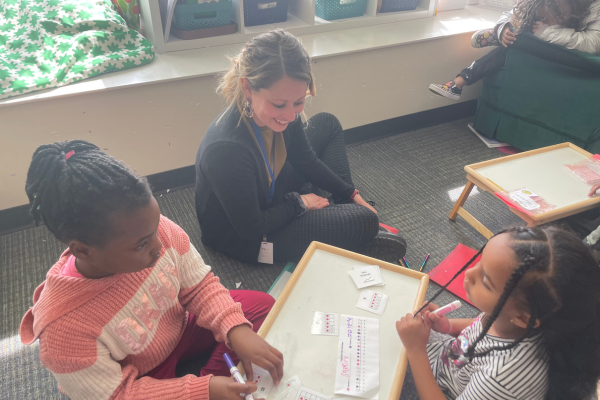
Step 5: Use an equity tracker to plan your time with students
Remember in Step 4 when we said “don’t have an agenda?”
One caveat: make sure you are giving every student a touchpoint and that you give more proactive touch points to students who seem to need the extra relational time to keep themselves regulated. Equity… giving everyone what they need.
Enter: The Equity Tracker.
This handy tool allows you to keep track of what students you saw in a given block on a given day so you can make sure no one falls through the cracks.

T.E.A.C.H. Hub members... yours is waiting in the hub!
Don't have a FREE T.E.A.C.H. Hub account but want these awesome weekly resources? Click here.
